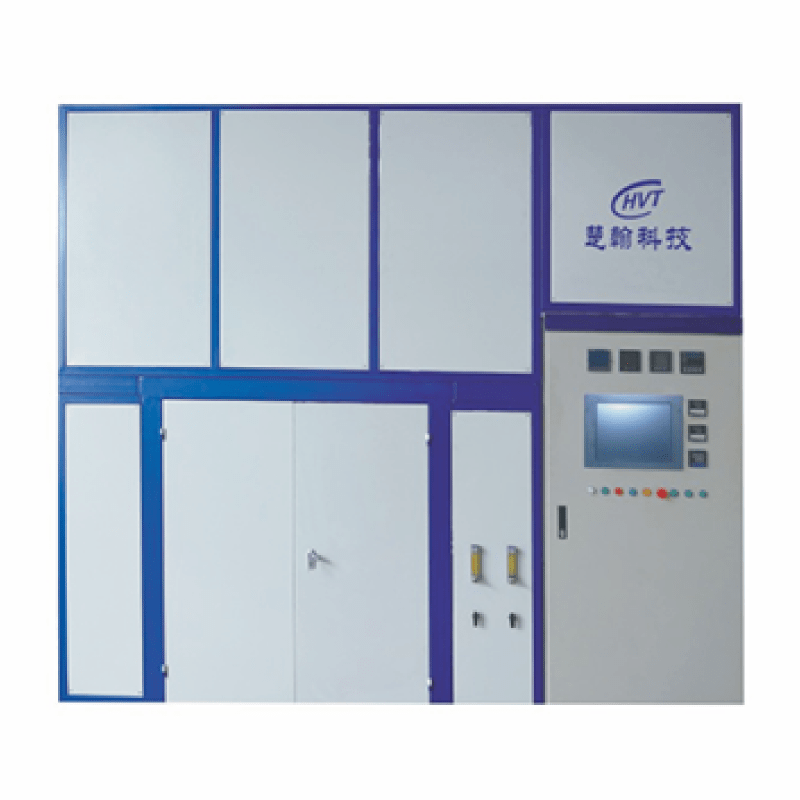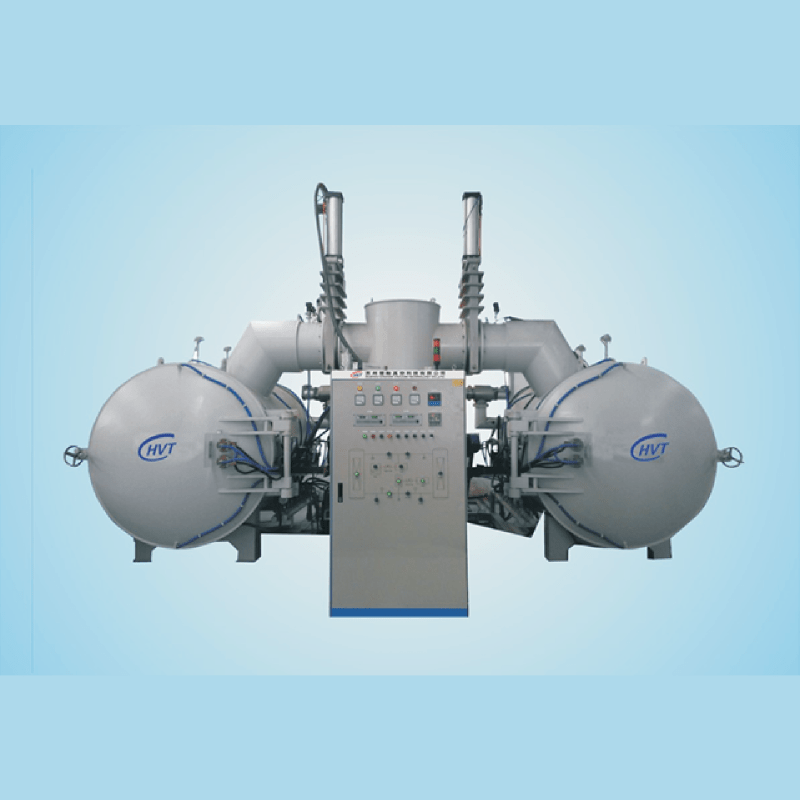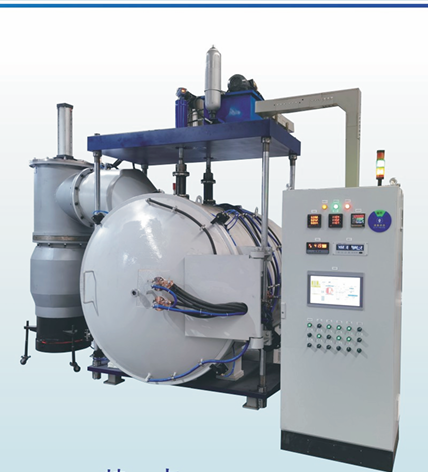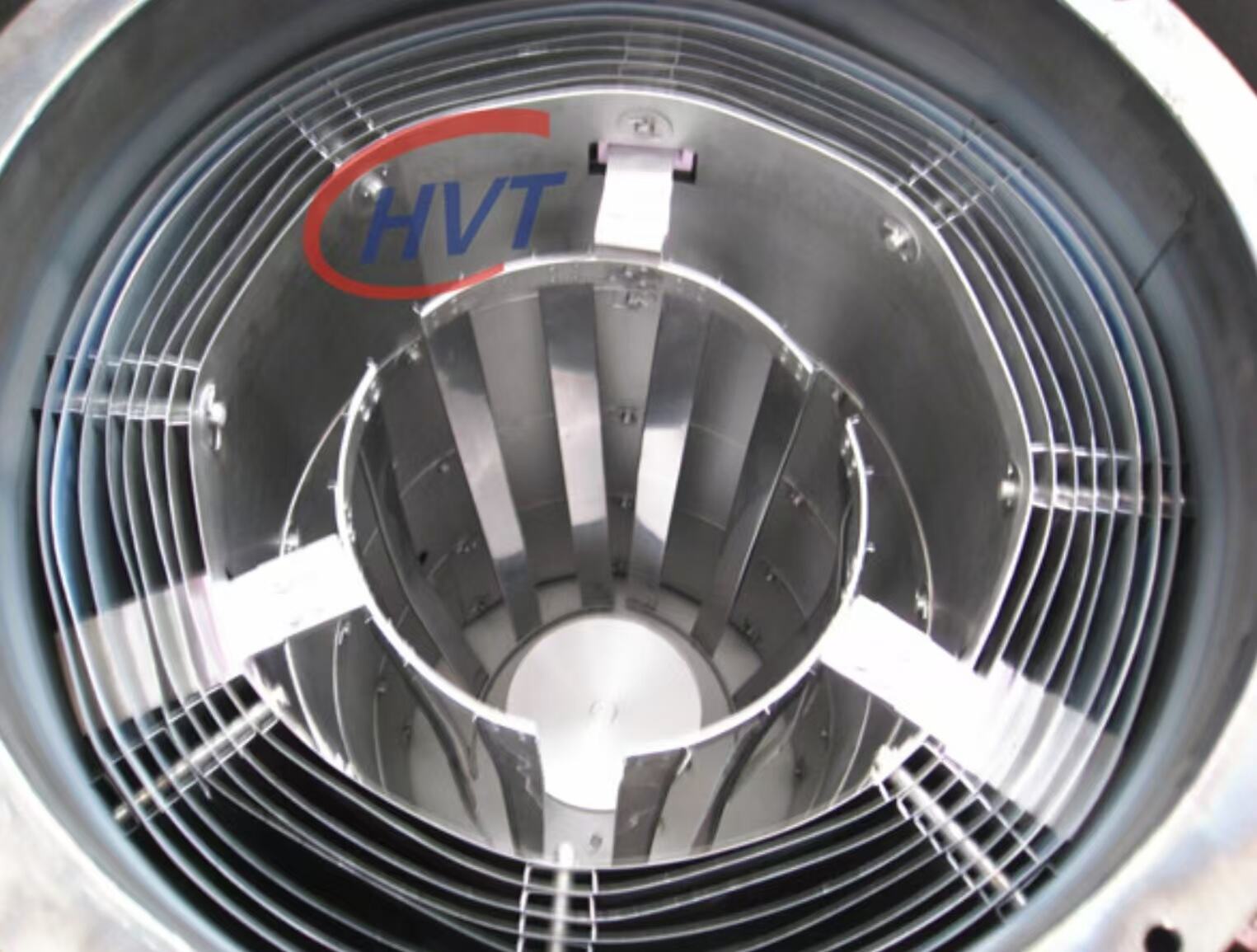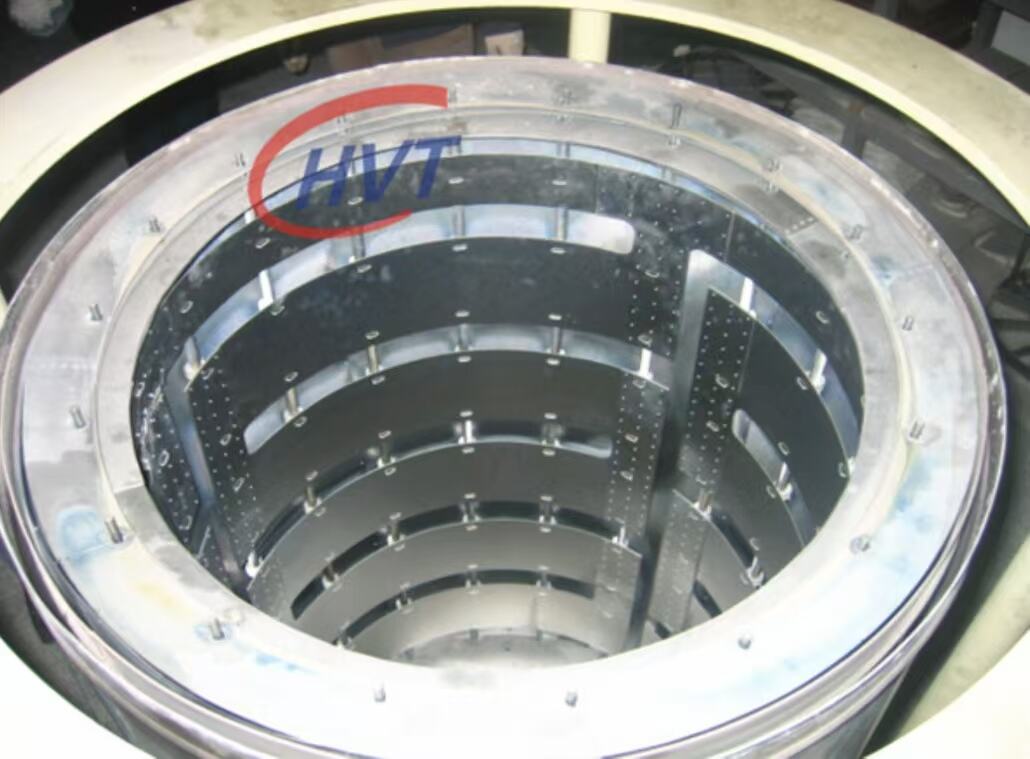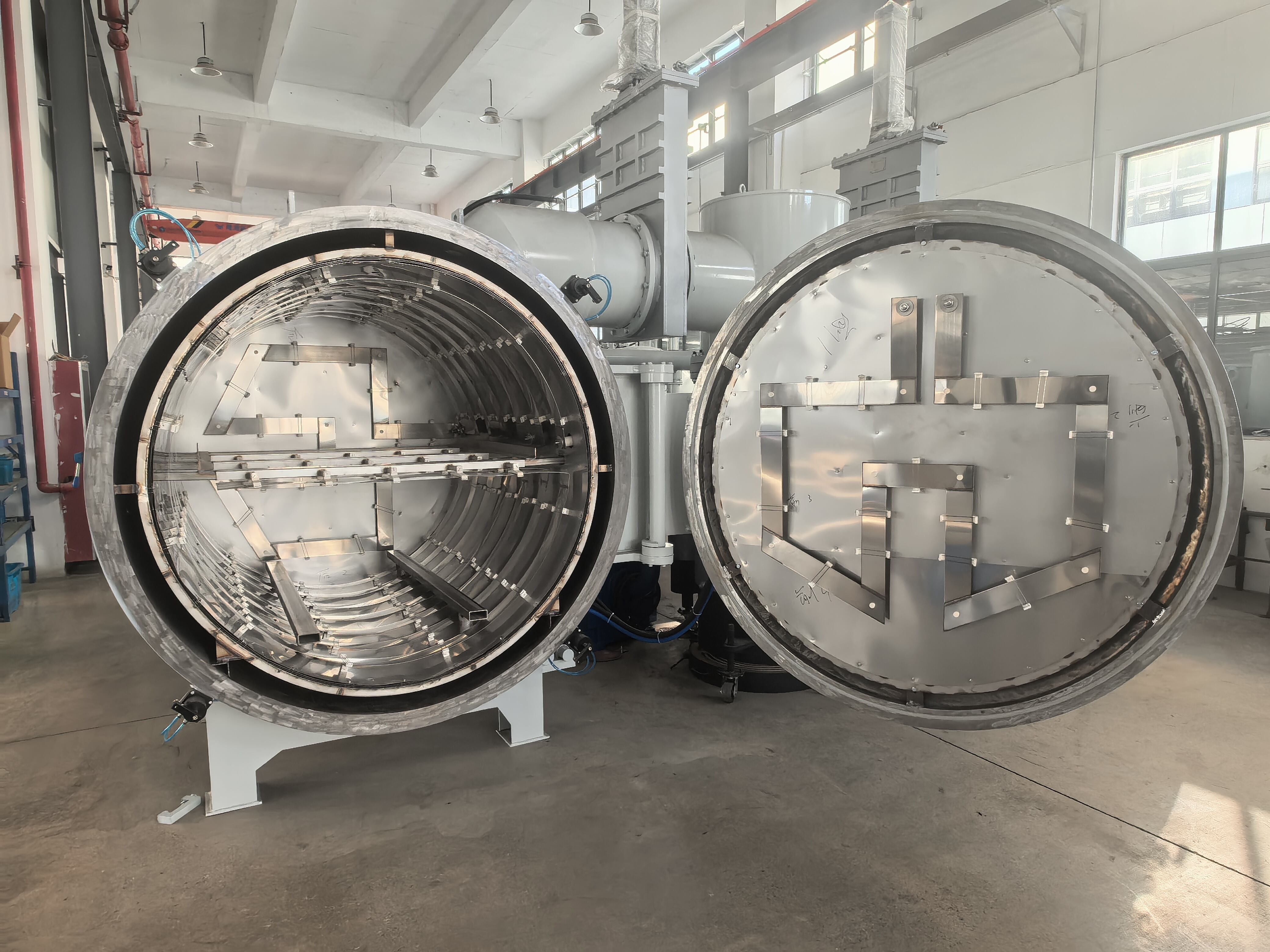metal heat shield
A metal heat shield is an essential protective component designed to safeguard various structures and equipment from extreme thermal conditions. This advanced thermal barrier technology combines sophisticated metallurgical engineering with practical design principles to create a robust defense against high temperatures. Metal heat shields typically consist of multiple layers of heat-resistant alloys, strategically arranged to maximize thermal protection while maintaining structural integrity. These shields operate by reflecting, absorbing, and dissipating heat through various mechanisms, including radiation barriers and thermal conduction management. The primary applications span across multiple industries, from aerospace and automotive sectors to industrial manufacturing and power generation facilities. In aerospace applications, metal heat shields protect spacecraft during atmospheric reentry, while in automotive uses, they shield sensitive components from engine heat. The construction typically involves high-performance materials such as titanium alloys, stainless steel, or advanced ceramic-metallic composites, each selected for specific thermal properties and durability requirements. Modern metal heat shields often incorporate innovative design features such as air gaps, reflective surfaces, and specialized coating technologies to enhance their protective capabilities. These shields are engineered to withstand not only extreme temperatures but also mechanical stress, vibration, and various environmental conditions, making them indispensable in critical applications where thermal management is paramount.

